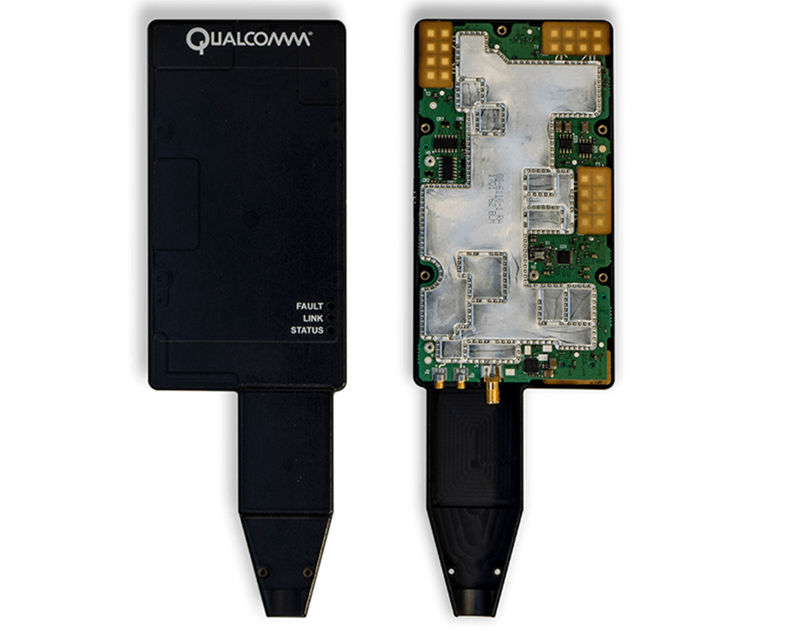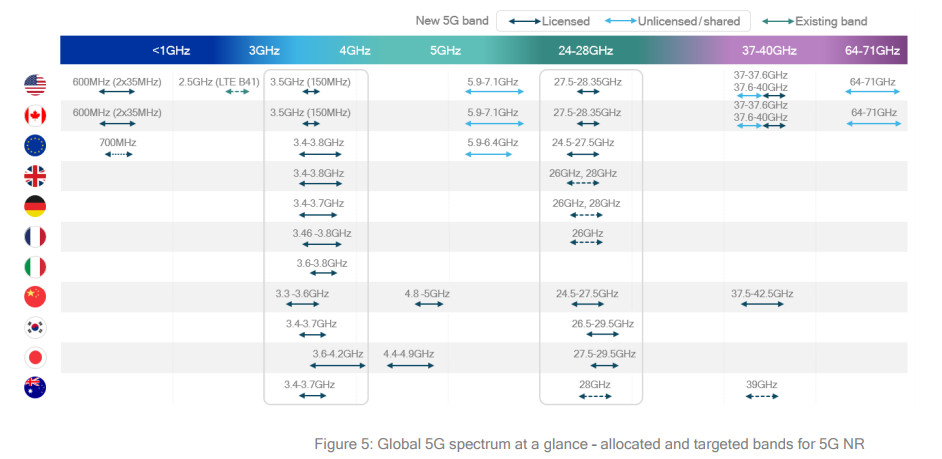
Qualcomm and Nokia have announced plans to conduct interoperability testing and over-the-air field trials based on the 5G New Radio (NR) Release-15 specifications being developed by 3GPP. Qualcomm also introduced 5G NR mmWave prototype system, which operates in millimeter wave (mmWave) spectrum bands above 24 GHz and released a white paper on “Addressing the strong mobile broadband demand in 2019 & beyond”.

- 5G NR will extend the usable mid-band spectrum to above 3 GHz through advanced techniques such as massive MIMO. Mid-band spectrum in the 3 to 5 GHz range is picking up momentum in many key markets around the globe; for example, Europe and China, among many other regions, are focusing their early 5G NR deployments in the 3.5 GHz band, while Japan has also identified the 3.7 GHz and 4.5 GHz band as early targets.
- The expansion into millimeter wave (mmWave) bands, roughly from 24GHz and beyond. The mmWave spectrum will deliver a
vast amount of capacity with even wider contiguous bandwidths,
typically up to 800 MHz wide per operator. With more advanced
antenna design and RF processing techniques, mmWave is being
mobilized to deliver multi-Gigabit performance for extreme mobile
broadband use cases.
The companies will test end-to-end applications over-the-air between the base station and the device to simulate real-world scenarios across a broad set of 5G NR use cases and deployment scenarios. The interoperability testing will track closely with the first 3GPP 5G NR specification that will be part of Release 15 and will start in the second half of 2017.
The companies will also be collaborating with network operators to conduct 5G NR over-the-air field trials starting in 2018 across various regions including China, Europe, Japan, and the USA. These companies say they are committed to make mobile 5G a commercial reality in 2019 based on standard compliant 5G NR infrastructure and devices.
